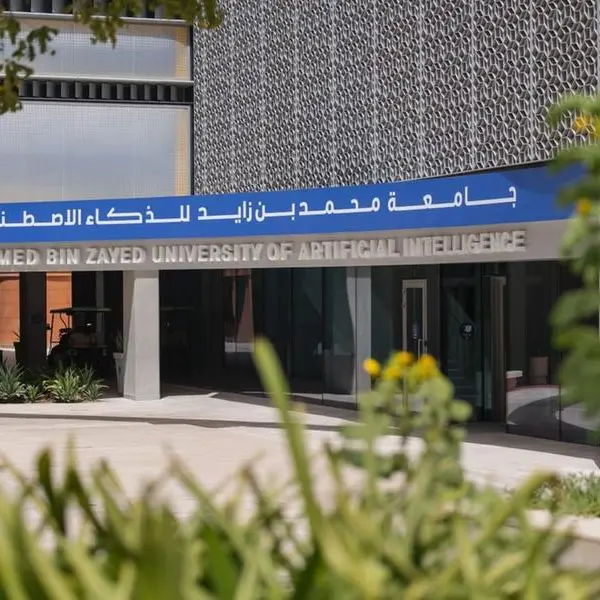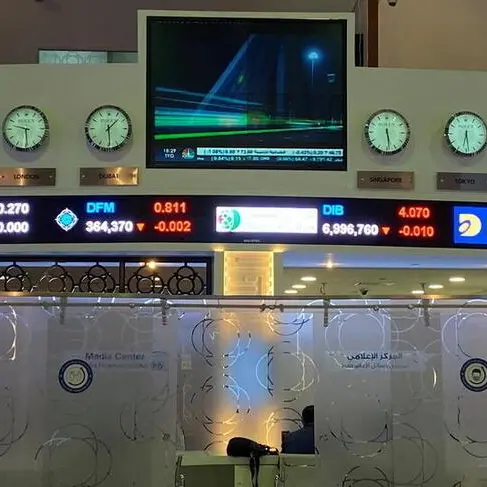According to the sector’s regulator, the Authority for Public Services Regulation (APSR), system losses climbed to 9.8 per cent in the Main Interconnected System (MIS), covering much of the northern half of the Sultanate, last year. This means that roughly 10 per cent of electricity entering the grid was not accounted for, or remained unbilled, in 2020.
In contrast, system losses were pegged at 8.4 per cent in 2019, the lowest since 2004, when the country’s electricity and related water sector was unbundled and restructured to pave the way for private-sector driven investment in this regulated industry.
Hitting an all-time high of 24.6 per cent in 2004, system losses have since been successfully reined-in in response to an effective ‘carrot-and-stick’ policy wielded by the regulator.
However, eliminating system losses altogether are a technical impossibility, say experts, given the inherent nature of electricity to dissipate in certain environmental conditions as it travels along the transmission and distribution networks.
Non-technical factors, such as billing errors, faulty meters and accounting mistakes can also contribute to losses.
System losses in the Dhofar System, which serves part of Dhofar Governorate, also rose in 2020 to 15.9 per cent, up from 10.6 per cent a year earlier.
However, in the license of the Rural Areas Electricity Company (Tanweer), system losses fell sharply to 4.7 per cent in 2020, down from 15.1 per cent in 2019.
Tanweer’s license covers all of the areas of the Sultanate that are not served by the Main Interconnected System and Dhofar System. Included in its sprawling jurisdiction are the Al Wusta and Musandam, as well as swathes of the country that fall outside the country’s main grids.
“The significant losses reductions achieved since the sector’s restructuring in 2005 reflect the application of a clear incentive based price control mechanism and the constructive responses of licensees,” said APSR in its 2020 Annual Report, published here recently.
“As losses approach long-term loss targets, it is to be expected that the rate of improvement will reduce, though the Authority believes that further improvements remain possible,” the regulator further noted.
System loss reductions, according to APSR, also represent “considerable economic value” in terms of achieved and future cost savings.
“Considering a 1 megawatt-hour (MWh) reduction in losses is equivalent to RO 9 (approximately the average variable MIS generation cost), the benefit achieved in 2020 is RO 43 million, compared with the 24.6 per cent level reported in 2004,” the Authority explained.
The aggregate benefit accruing to the economy over the last 15-odd years has been substantially greater, it stated.
“In cumulative terms, the value of the reduction in MIS losses since 2004 is RO 387.2 million which in present value terms and using a discount rate of 6 per cent, amounts to RO 717 million. Note these figures do not take into account investment savings in generation and network infrastructure, which would significantly increase the value of the reported loss reductions,” the regulator added.
2021 © All right reserved for Oman Establishment for Press, Publication and Advertising (OEPPA) Provided by SyndiGate Media Inc. (Syndigate.info).











